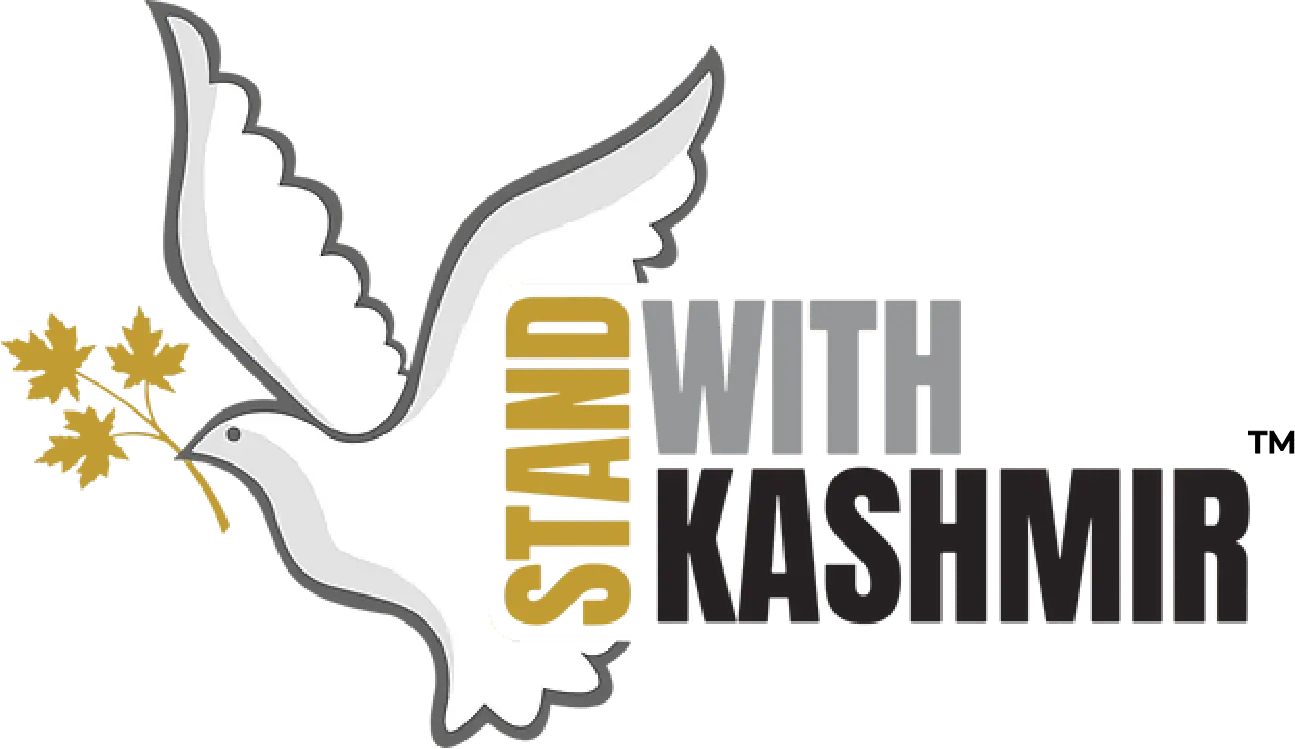Manoj Sinha – Lieutenant Governor of Indian Settler Colonialism in Kashmir
February 29, 2024
Poonch, Indian-occupied Kashmir.
On August 6, 2020, the indian president’s office issued a press communique announcing the appointment of Manoj Sinha as the Lieutenant Governor of Jammu and Kashmir replacing Girish Chandra Murmu. Murmu’s endorsement of reinstating 4G in the area, contrary to the preferences of the Narendra Modi-led government, was believed to be the catalyst for the removal.
Who is Manoj Sinha and where did he come from?
Sinha, a career politician, has been a Bharatiya Janta Party (BJP, the Hindu nationalist political party currently in power) member since his university days. Sinha has a B. Tech in civil engineering from the Institute of Technology, Banaras Hindu University, Varanasi. During university, he joined the Akhil Bharatiya Vidyarthi Parishad (ABVP), the student wing of the BJP. After becoming a student leader, Sinha was president of the student union at Kashi Hindu Vishwavidyalaya during 1982-83. In 1989, he was inducted into the national council of the BJP. This was the same year that Vishwa Hindu Parishad (a sister organisation of RSS) cadres had just planted “shilanyas” or foundation stones for a Ram temple in Ayodhya.
Between the years 1996 and 1999, Sinha emerged victorious in Lok Sabha elections (lower house of Parliament) on a BJP ticket from the Ghazipur constituency of Uttar Pradesh. Notably, Uttar Pradesh is deemed to be a stronghold of the BJP with a majoritarian pro-Hindutva and anti-Muslim government in place. During his third term in 2014, he was appointed as the Minister of State for Railways and in 2016 served as the Union Minister of State of the Ministry of Communication. When he lost his seat in the 2019 Lok Sabha election, he was appointed the Lt. Governor of Jammu and Kashmir the following year. In effect, Sinha has been a life-long supporter of the BJP and taken part in its political rise in India, riding on Uttar Pradesh’s stronghold as the hub of anti-Muslim sentiment.
What has he done for india in Kashmir?
Popularly known as “Vikas Purush” (man who focuses on development), Sinha was the perfect candidate for the indian government to push the “development” trope that it has used to justify the revocation of the region’s semi-autonomous status. Since taking charge, Sinha has presided over policies which not only aim to change the demographics of the Muslim-majority region but also stifle any criticism of the government. With the farce of local governance removed altogether, an Indian bureaucrat now calls all the shots in Kashmir.
Here are eight major things he has done since his time in office:
1. Stifling Press Freedom
Since Sinha took charge of Kashmir, stifling the press in Kashmir has been one of his prime targets. He started with cutting down government ad spending, which was the major source of revenue for Kashmiri newspapers, to only pro-indian papers. This was followed with continuous harassment of local journalists, some of whom have spent years under imprisonment. It also included implementing the “New Media Policy” which brings the media under the scrutiny of the government.
2. Leasing Out Kashmir Through Extractive Investment
After the abrogation of the semi-autonomous status of Kashmir, as the valley was reeling under a communication blockade and internet speeds were throttled at 2G, the indian occupation in Kashmir announced tenders for mineral extraction through an online bidding process. This naturally resulted in a majority of these contracts being bagged by indians. This policy has continued even as doubts are regularly cast over the transparency and fairness of this process. This has not only hurt Kashmir’s economy as the money keeps going out of the region to Indian corporations, it also directly impacted the livelihoods of Kashmiris.
3. Witch Hunting the Resistance Sentiment
Another major target for Sinha has been the resistance sentiment. This includes the extra-judicial killings with impunity or targeting the families of those involved with the resistance movement. In more recent times, the indian regime in Kashmir led by Sinha has resorted to home demolitions of people involved with the resistance, their sympathisers, or their families.
4. Building Colonies for indians in Kashmir
With the settler colonial project of india in overdrive, recent on Sinha’s agenda has been the establishment of separate colonies for Indians in Kashmir. As the permanent residence to Kashmir was opened for indians after the abrogation of Article 370, the next on the government’s agenda has been to build settlements for them. This was started first with separate colonies for indian labourers and now with Sainik colonies for retired army officials and their families.
5. Killing Kashmir’s Economy and Rebranding Everything Kashmiri as ‘indian’
For two years in a row, the Sinha administration has managed to systematically hurt the export of Kashmiri apples. Apples are a huge part of Kashmir’s economy and hurting this in turn has had devastating impacts. This has been done by stranding fruit laden trucks on the highway for no reason, as well as allowing a heavy influx of Iranian apples to compete with Kashmiri apples.
6. Land Grabbing for indians
Sinha orchestrated the “Great indian Land Grab” in Kashmir. Since the beginning of last year, the occupying state has implemented what it calls an ‘Anti-encroachment drive’ to dislodge the civilian populations from agricultural and non-agricultural properties that they have occupied for generations. According to a report by Legal Forum for Kashmir (LFK), land measuring 178005.213 acres in the Kashmir region — and 25,159.56 acres in Jammu — has been earmarked for land grabs by the Indian state. This move will ultimately lead to the economic disempowerment and geographical displacement of the local population.
7. Hindu-izing Kashmir
With last year’s Amarnath yatra being the longest in the history, the forcible Hindu-ization of Kashmir has been advanced by Sinha’s administration. While severe environmental concerns regarding this pilgrimage are not a secret anymore, Sinha has not only ensured its persistence, but also facilitated the longest yatra. This also includes foregrounding the Hindu histories of Kashmir, and focusing on developing tourist infrastructure for Hindu pilgrims.
8. Painting Kashmir in india’s Colours
Since the last few years, india’s independence and republic day circus in india has only gotten bigger. Sinha has achieved this by threatening the jobs of hundreds of thousands of government employees in Kashmir. These employees are thus blackmailed by the indian regime to hold and attend pro-india events, as well as post pictures on social media celebrating these days.
Right from his appointment, Sinha has been optimally working towards that which he was appointed to do, “Deliver Kashmir to india.” To take its lofty settler colonial aspiration forwards at a rapid rate, the indian state needed someone who was fully immersed in the Hindutva ideology who would proceed without a shred of doubt in carrying out Indian government diktats. Sinha has fulfilled that role well, as the resistance sentiment has been effectively criminalised in Kashmir, with him yielding the hammer of ‘peace and development’.
To stay connected to the day-to-day happenings of Kashmir, support StandWithKashmir across Social Media.
Stay in touch with Stand with Kashmir.
Stand With Kashmir (SWK) is a Kashmiri-driven independent, transnational, grassroots movement committed to standing in solidarity with the people of indian-occupied Kashmir in ending the indian occupation of their homeland and supporting the right to self-determination of the pre-partition state of Jammu and Kashmir. We want to hear from you. If you have general inquiries, suggestions, or concerns, please email us at info@standwithkashmir.org.
[/vc_column_text][/vc_column][/vc_row]
©2025 StandWithKashmir All rights reserved. SWK is a 501(c)(3) non-for-profit organization.


Leave a Reply